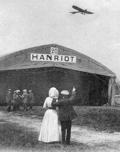1909 - 1910: The first "Golden Age of Air Racing"!
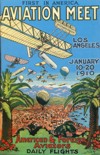
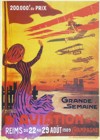

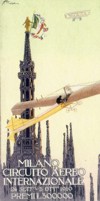
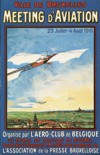
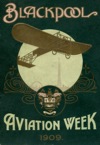


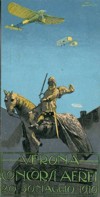
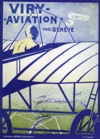

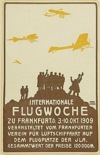

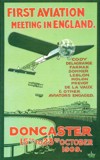
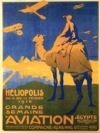
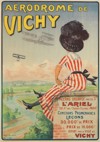

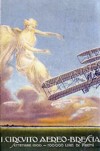
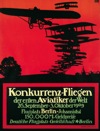
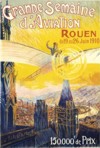
This was "La Belle Epoque". There was peace in the
world, fortunes were built in industry and commerce, culture was
blooming, there were still nobility and emperors, ladies wore long
skirts and huge hats, labour was cheap and hardly anybody had ever seen
an aeroplane.
The Wright brothers had made the first controlled powered flights less
than six years earlier. The first flight in Europe had been made in the
autumn of 1906 by Alberto Santos-Dumont. A minor aviation industry had
emerged on both sides of the Atlantic, around pioneer constructors such
as the Wright brothers, the Voisin brothers, Léon Levavasseur's
"Antoinette" company, Louis Blériot and Glenn Curtiss.
In 1909 the time was ripe for the world's first air races -
there were finally enough planes around to organize competitions!
More than a dozen air race meetings were held in Europe in 1909. The
following year the number of meetings multiplied and spread to two more
continents, North America and Africa. Flying was headline news, every
town wanted to host a meeting and everybody wanted to see an aeroplane
fly. 1910 was the peak year for air race meetings - ever! In 1911 the
number of big race meetings decreased and focus shifted to multi-stage
cross-country air races and smaller local air display type events.
On this website you will find information about those first air
races of 1909 and 1910. We have started from the beginning and will
work our way through the meetings in chronological order, seeing how
far we will get. The focus will be on competitive events, and not on
meetings that only included display flights.
We welcome additions, corrections and other contributions from other
researchers, both in written form and photos! If you have any other
material, such as meeting programs or newspaper articles, we are also
interested.
 The
Forum
The
Forum
If you are interested in discussing the early air races or
commenting the content of the site you are welcome to our forum. It
is also used for informing about new pages and other changes here on
the main website, so even if you don't want to participate actively
on the forum it might be worth checking in once in a while.

...and in case you wonder what the three pennants and the French
text means: At the early races such flags were hoisted on a signal
mast at the airfield. Similar flags were often displayed also in nearby
towns. The colour of the flag indicated whether there would be flights
or not during the next hours. "On ne vole pas"
means "They don't fly". "On volera
probablement" means "They will probably fly".
"On vole" means "They fly".
 Back to the top of the
page
Back to the top of the
page
